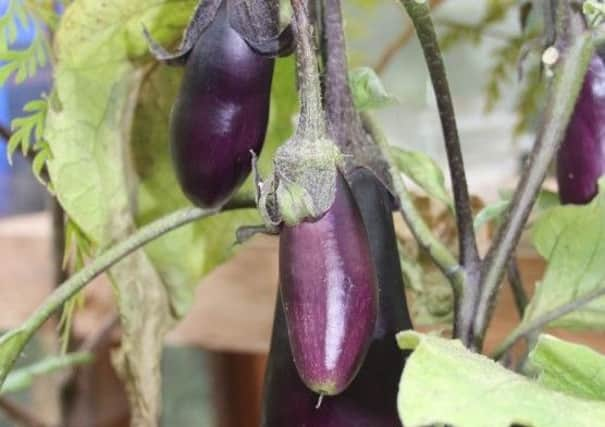The fiery member of the family


They need an early start from seed to gain full advantage, and this is straight forward if you have the facilities.
Full germination demands 20C to 25C, and they develop comfortably outside the propagator in 15C. This is difficult to offer overnight in an unheated greenhouse from March to April so buy locally or order young plants for May delivery.
Advertisement
Hide AdAdvertisement
Hide AdThe growing popularity of red hot chilli pepper plants centres around who can eat the hottest?
Chillies were honoured with a scale devised by the American chemist Wilbur Scoville. This measures in Scoville Heat Units (SHUs), from zero to two million.
Lower down the scale is a modest Jalapeno, at a few thousand SHUs, but still too much for most. Trinidad Moruga Scorpion is presently the hottest at 1.2million SHUs. But hybridists are constantly raising the bar with new cultivars so the title is rarely held more than a year.
The fiery reputation is so becoming of a true Solanaceae family member.
Advertisement
Hide AdAdvertisement
Hide AdIt’s not surprising that a written health warning does accompany plug plants arriving via mail order. This advises to only use tiny portions of the hottest varieties when cooking, let alone tasting.
If you’re saving a couple of healthy fruits with sowing your own in mind, wear goggles and facemask to open the capsule and extract seed. This helps avoid a bout of sneezing, or worse.